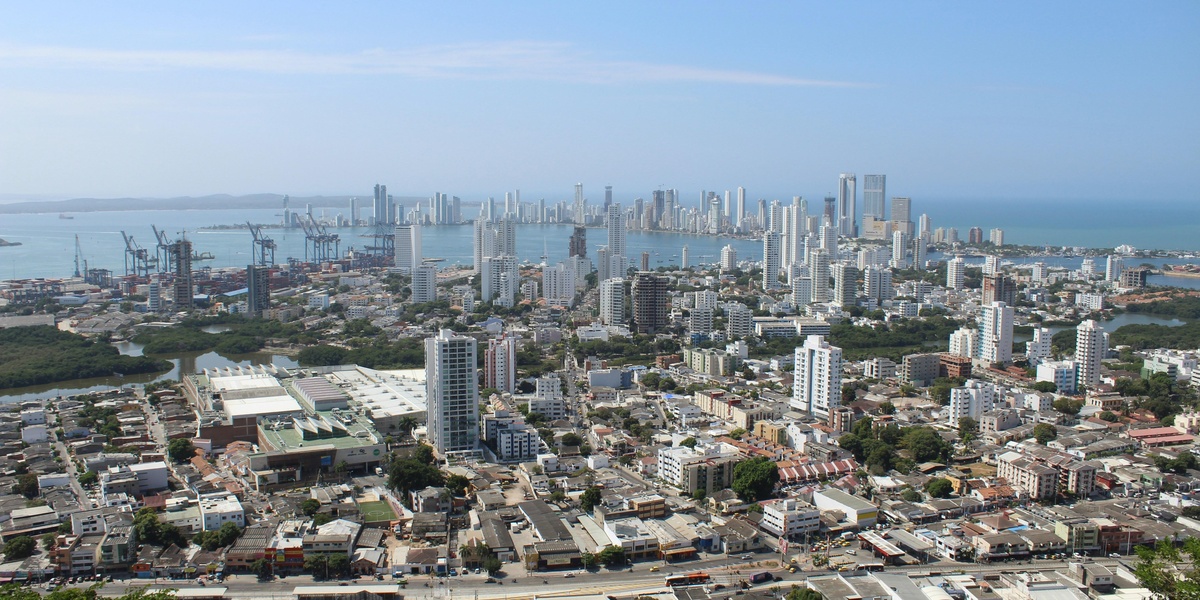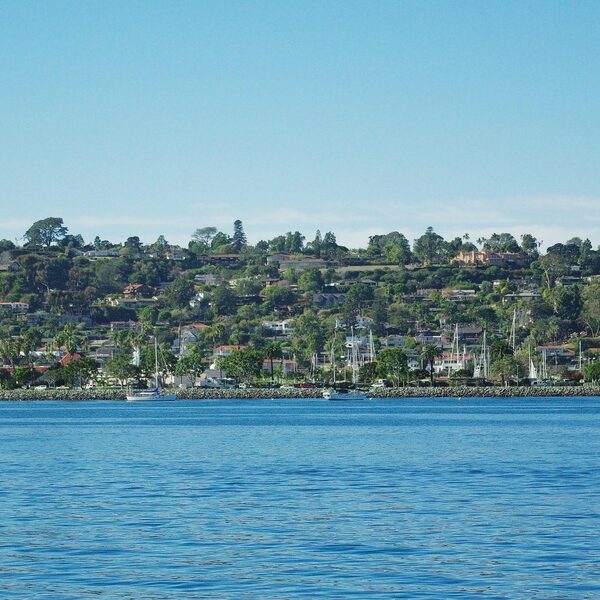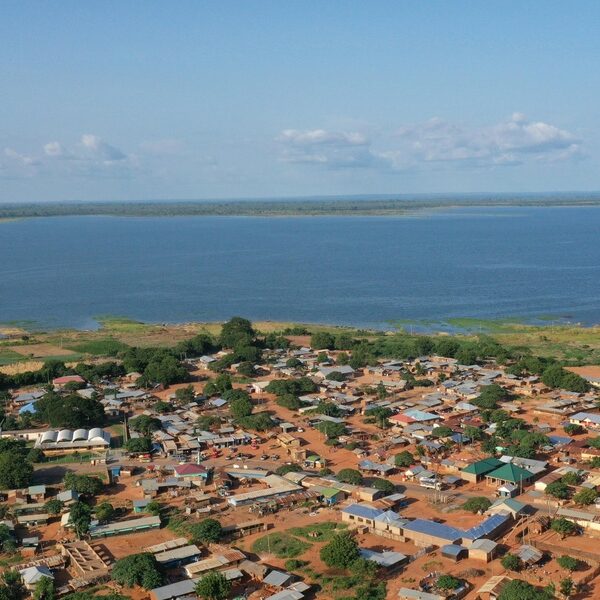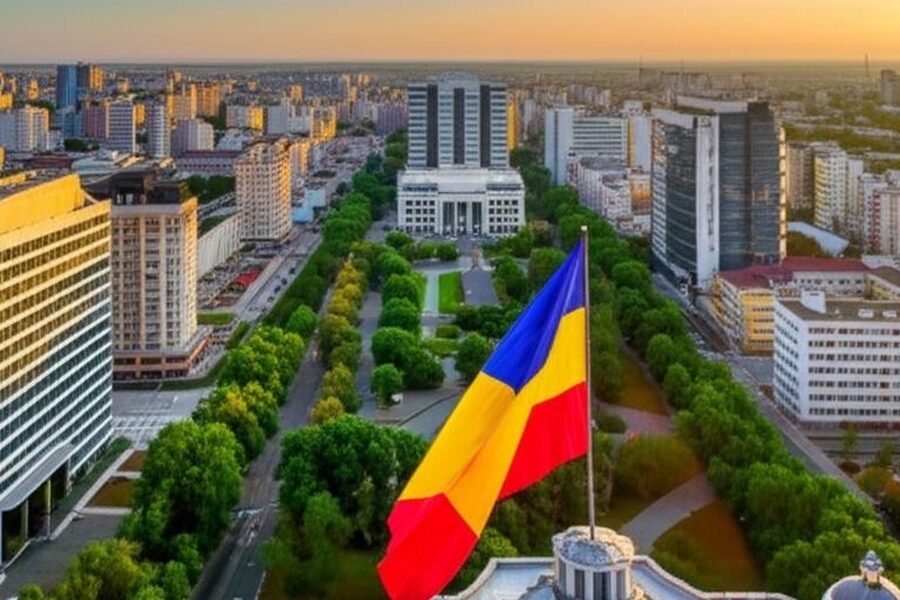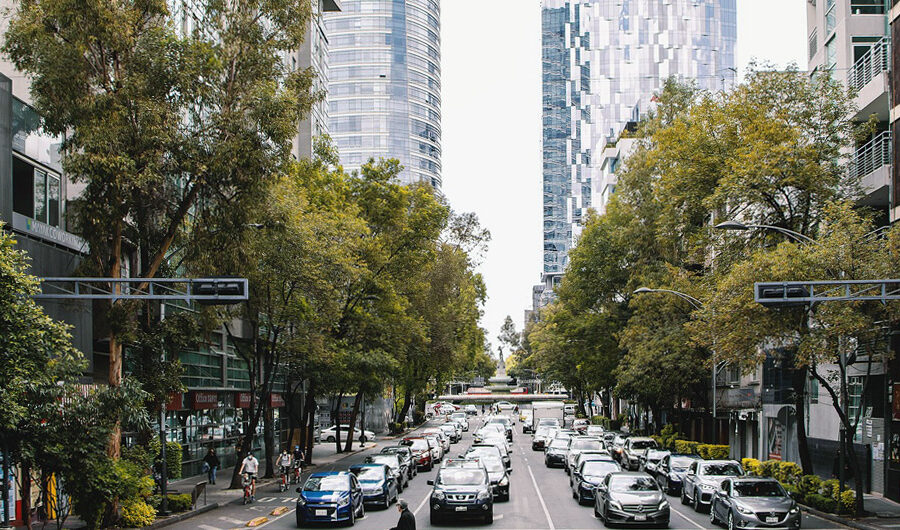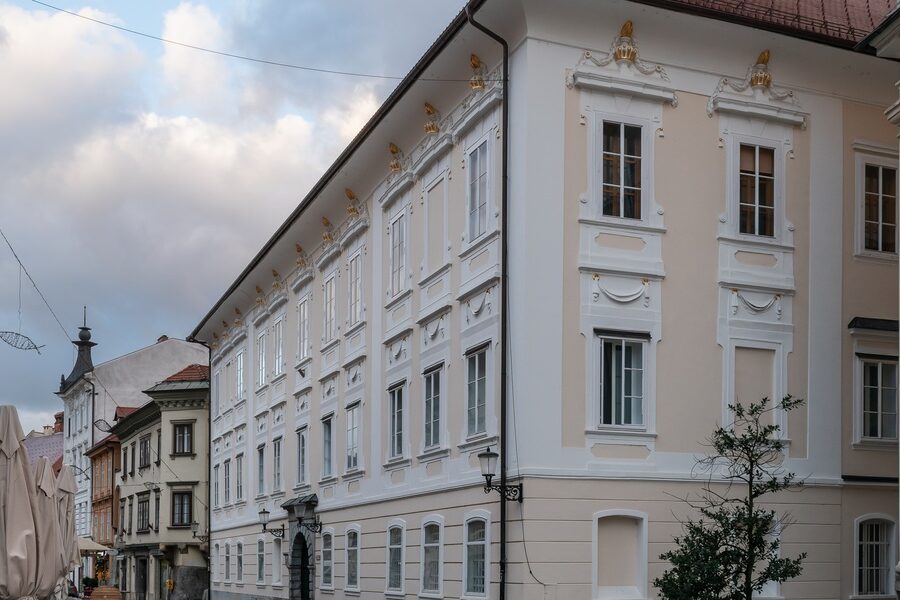Cuba is a nation renowned for its vibrant culture, historic architecture, and resilient spirit. While often celebrated for its revolutionary past and picturesque coastal towns, its urban centers also hold significant economic activity that shapes the lives of its inhabitants. Understanding the financial landscape of these areas offers a deeper insight into the island’s evolving development.
This list delves into the economic powerhouses of the island, presenting the 12 Richest Cities in Cuba. From the historic charm of Bayamo to the bustling metropolis of Santiago de Cuba, each entry offers a glimpse into the diverse economic drivers across the nation. Below, you’ll find details for each city including its Country, Main Economic Driver, Population (thousands), and Estimated Annual Economic Output (USD millions).
What factors determine a city’s “richness” in the Cuban context?
Given Cuba’s unique economic system, a city’s “richness” often refers to its overall economic output and contribution to the national economy, rather than individual wealth accumulation. This can be driven by key industries like tourism, agriculture, mining, or manufacturing, which generate significant revenue and employment opportunities within that urban area, as reflected in metrics like Estimated Annual Economic Output.
Richest Cities in Cuba
| City | Country | Main Economic Driver | Population (thousands) | Estimated Annual Economic Output (USD millions) |
|---|---|---|---|---|
| Havana | Cuba | Tourism, government, port, commerce | 2,130 | 25,000 |
| Santiago de Cuba | Cuba | Port, industry, tourism | 430 | 5,000 |
| Camagüey | Cuba | Agriculture, transport, manufacturing | 300 | 2,000 |
| Holguín | Cuba | Mining, tourism, manufacturing | 300 | 1,800 |
| Santa Clara | Cuba | Industry, transport, education | 240 | 1,200 |
| Cienfuegos | Cuba | Port, refining, manufacturing | 150 | 1,000 |
| Matanzas | Cuba | Tourism, refining, chemicals, port | 150 | 1,200 |
| Pinar del Río | Cuba | Agriculture (tobacco), agro-industry | 170 | 900 |
| Guantánamo | Cuba | Port, regional services, agro-processing | 200 | 800 |
| Bayamo | Cuba | Agriculture, food processing, administration | 160 | 600 |
| Mariel | Cuba | Port, special economic zone, logistics | 20 | 800 |
| Moa | Cuba | Mining, nickel and metallurgical industry | 60 | 700 |
Images and Descriptions
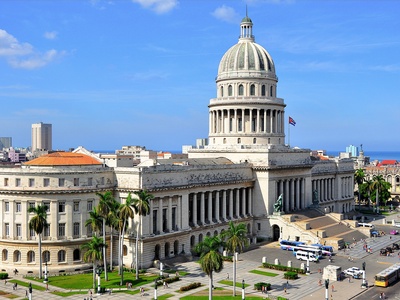
Havana
Cuba’s capital and largest city, the political and economic heart with major tourism, port operations, commerce and government services. Concentration of finance, hotels, cultural institutions and proximity to the Mariel trade zone make Havana the nation’s biggest economic hub.
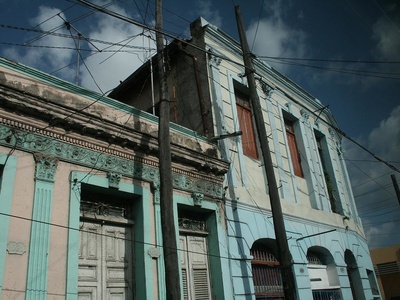
Santiago de Cuba
Historic eastern hub and Cuba’s second-largest city, Santiago combines a busy port, diversified manufacturing and cultural tourism. It serves as a regional commercial center with strong transport links, public services and light industry supporting local growth.
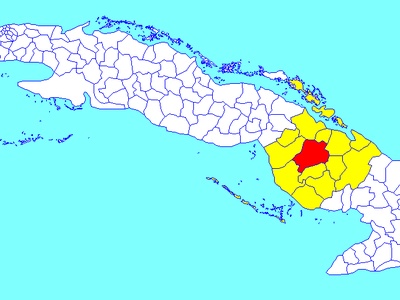
Camagüey
An important inland commercial and transport center, Camagüey supports agriculture, food processing and light manufacturing. Its strategic rail and road links and regional markets make it a major distribution and economic node in central Cuba.
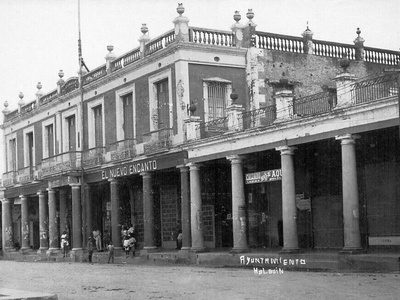
Holguín
Holguín anchors a province with mining (nickel), coastal tourism and light manufacturing. Growing hotels near Guardalavaca and export-oriented industry make Holguín a key eastern economic center with expanding infrastructure and regional services.

Santa Clara
Central Cuba’s transport and industrial hub, Santa Clara hosts food processing, machinery services, education and public administration. Strong rail connections and regional service industries sustain steady economic activity and urban development.
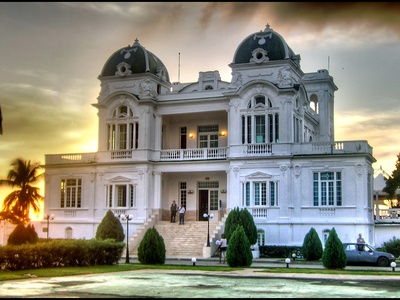
Cienfuegos
Cienfuegos is a deepwater port and industrial center with oil storage, sugar processing and light manufacturing. Its bay, refinery infrastructure and connectivity to central provinces support steady export and industrial activity.
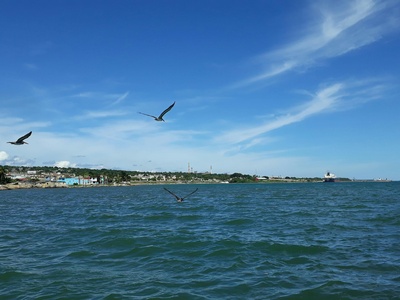
Matanzas
Matanzas benefits from nearby Varadero tourism, oil refining, chemical plants and port activities. As a gateway to major resorts and energy infrastructure, Matanzas plays a strategic role in provincial and national economic networks.
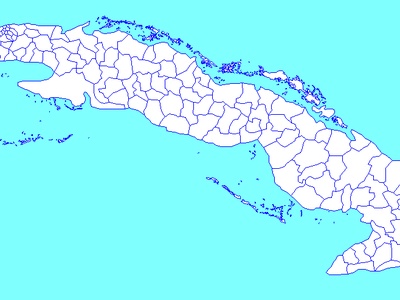
Pinar del Río
Pinar del Río is Cuba’s tobacco heartland with agriculture, tobacco processing and light industry. Proximity to tourist attractions like Viñales and growing agro-industrial activity provide the city with regional economic importance.
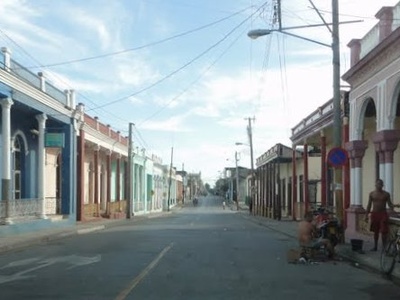
Guantánamo
Guantánamo serves as an eastern commercial and service center with port activity, regional trade and agro-processing. It supports surrounding agriculture, small manufacturing and logistics for the province, making it a local economic anchor.
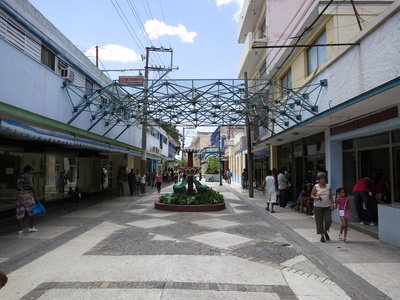
Bayamo
Bayamo, capital of Granma province, combines agriculture, food processing and light manufacturing with public services. It functions as a regional administrative and economic center supporting nearby rural production and local industry.
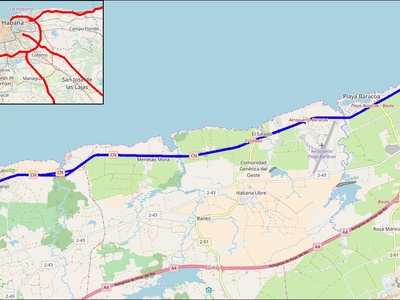
Mariel
Mariel has rapidly gained importance due to the Mariel Special Development Zone, modern container terminal and industrial parks. Heavy investment in logistics and export-oriented manufacturing makes Mariel a strategic trade and industrial node despite a small resident population.
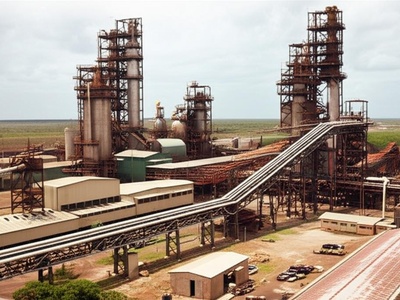
Moa
Moa is a mining and metallurgical town focused on nickel and cobalt extraction and smelting. Large extractive plants and export facilities are economically vital, generating significant industrial output, foreign exchange and local employment.

